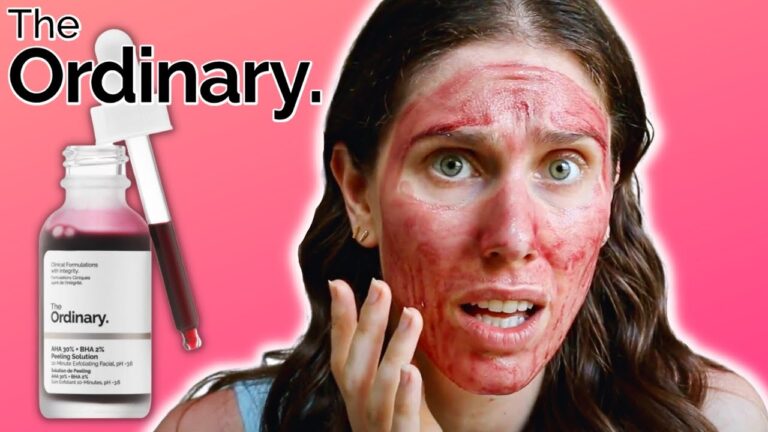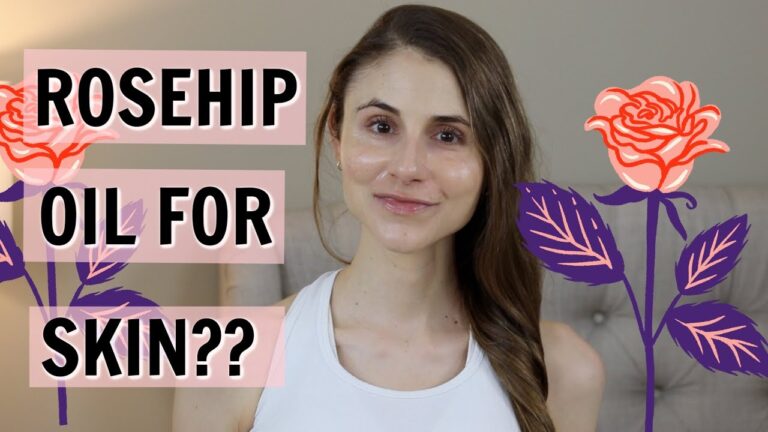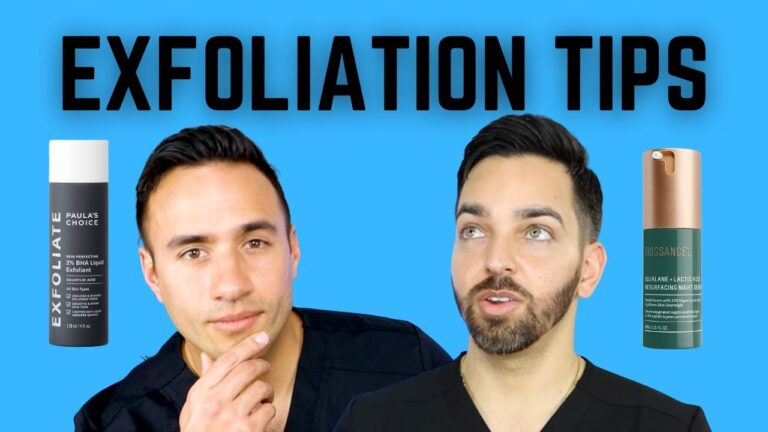All You Need to Know About Post-Inflammatory Hyperpigmentation
Welcome to my guide on Post-inflammatory hyperpigmentation which can be one of the major skin concerns every individual could ever face regardless of skin type or color. In this article, we will be discussing what it is, its causes, and how to get rid of it.
What is Post-Inflammatory Hyperpigmentation?
Post-inflammatory hyperpigmentation (PIH) is the medical terminlogy for the development of dark spots on the skin after an injury or inflammatory reaction. It usually appears as flat, discolored areas that may be pink, red, purple, gray, or brown, depending on a person’s skin tone. Some of the skin conditions that can trigger PIH include acne, eczema, psoriasis, dermatitis, and injury to the skin, just to name a few.
Causes of Post-inflammatory Hyperpigmentation
PIH occurs when trauma or injury causes excess melanin production in the skin, leading to discoloration. This is because the skin’s healing process is disrupted when the melanin level in the skin is elevated, causing hyperpigmentation. PIH affects all skin types, but it is more common in people with darker skin tones.
Several factors influence the outcome and severity of PIH, such as:
- The type and severity of the skin injury or inflammation
- Genetic factors that confer susceptibility to PIH
- The duration of the injury or inflammation
- Exposure to sunlight or other sources of UV-radiation
- The effectiveness of treatment of the underlying skin issue
How to Treat Post-Inflammatory Hyperpigmentation?
Fortunately, PIH tends to fade over time, but it can take months or even years to completely clear up. However, various treatments can help speed up the process and reduce the severity of PIH.
Here are some treatments to consider for PIH:
- Topical treatments: Antihistamines, steroid creams, hydroquinone creams, kojic acid creams, and topical vitamin C may help reduce inflammation, limit melanin production, and reduce the visibility of PIH.
- Chemical Peels: Chemical peel formulations use salicylic, glycolic or lactic acid to exfoliate the top layer of skin cells, reduce discoloration and help reveal brighter, more even skin tone.
- Laser therapy: Laser treatments like fractional CO2, Fractional Erbium, and Intense Pulsed Light (IPL) are other dermatological treatments that can help with hyperpigmentation.
- At-home Treatments: Mild exfoliators and spot correctors with ingredients such as niacinamide, tranexamic acid, and vitamin C can help reduce the visibility of PIH over time.
Preventing Post-Inflammatory Hyperpigmentation
The best way to deal with PIH is to ensure that the underlying skin condition is treated effectively, and avoid anything that can create skin inflammation.
Here are some tips to prevent PIH:
- Wear SPF sunscreen every day, especially If you have sensitive skin.
- Avoid picking or squeezing pimples, Cysts or nodules.
- Don’t Scratch or exfoliate your skin too aggressively
- Follow a proper skincare routine.
While there are various methods to treat PIH, preventive measures are equally important when dealing with hyperpigmentation. Protecting your skin not only makes you look younger but also keeps your skin healthy and safe.
Finally, don’t be too stressed out if PIH persists, remember that everyone’s skin condition is unique, so what may work for one person might not work for the other.
Selecting the right treatment may take time, but with some patience, dedication, and help from a professional, you can find a suitable solution that works for you.
Contents
Most searched products:
Does Sephora Support Israel? Answering Your Questions
Benefits of Using Glycolic Acid for Dandruff Treatment
Get Thick & Luscious Lashes With Sins N Lashes Serum: Our Honest Review!
Capsaicin Cream Boots
The Explosive Reaction: Sodium Hydroxide and Hydrochloric Acid
The Complete Guide to The Ordinary Hyperpigmentation: Causes, Treatment and Prevention
Forehead Argireline: The Before and After Results You Need to See
Discover the Meaning and Symbolism Behind Black Circles
10 Best Crow’s Feet Cream to Smooth Fine Lines and Wrinkles
Top 10 Foundations for Indian Skin in the UK – The Ultimate Guide











